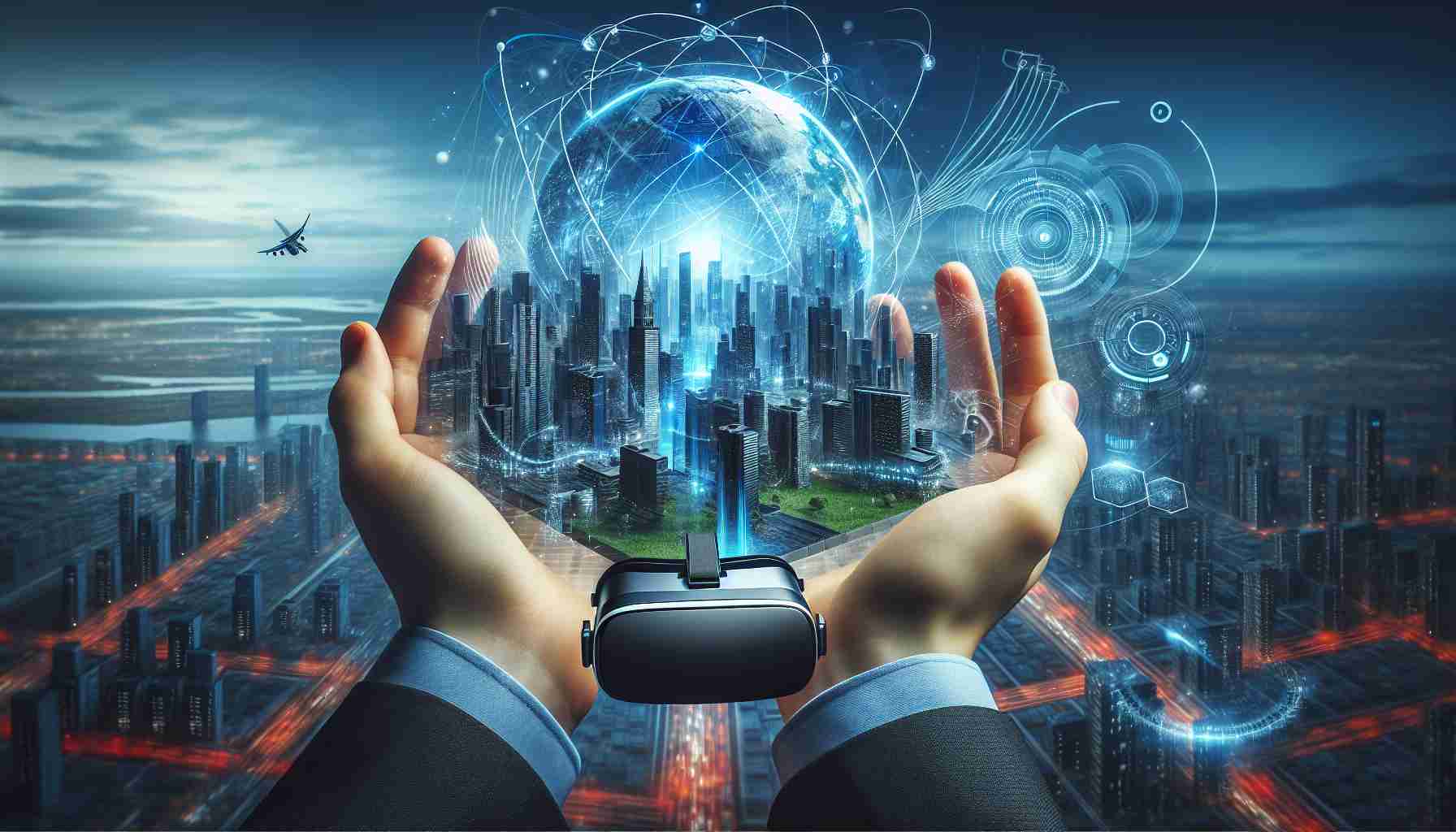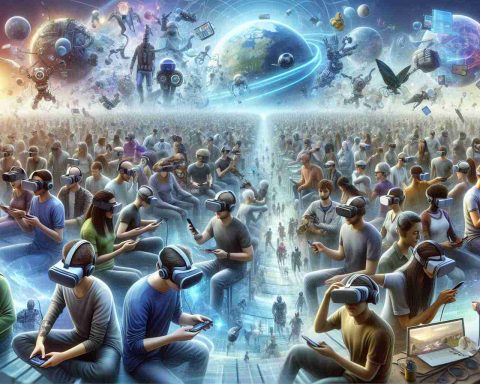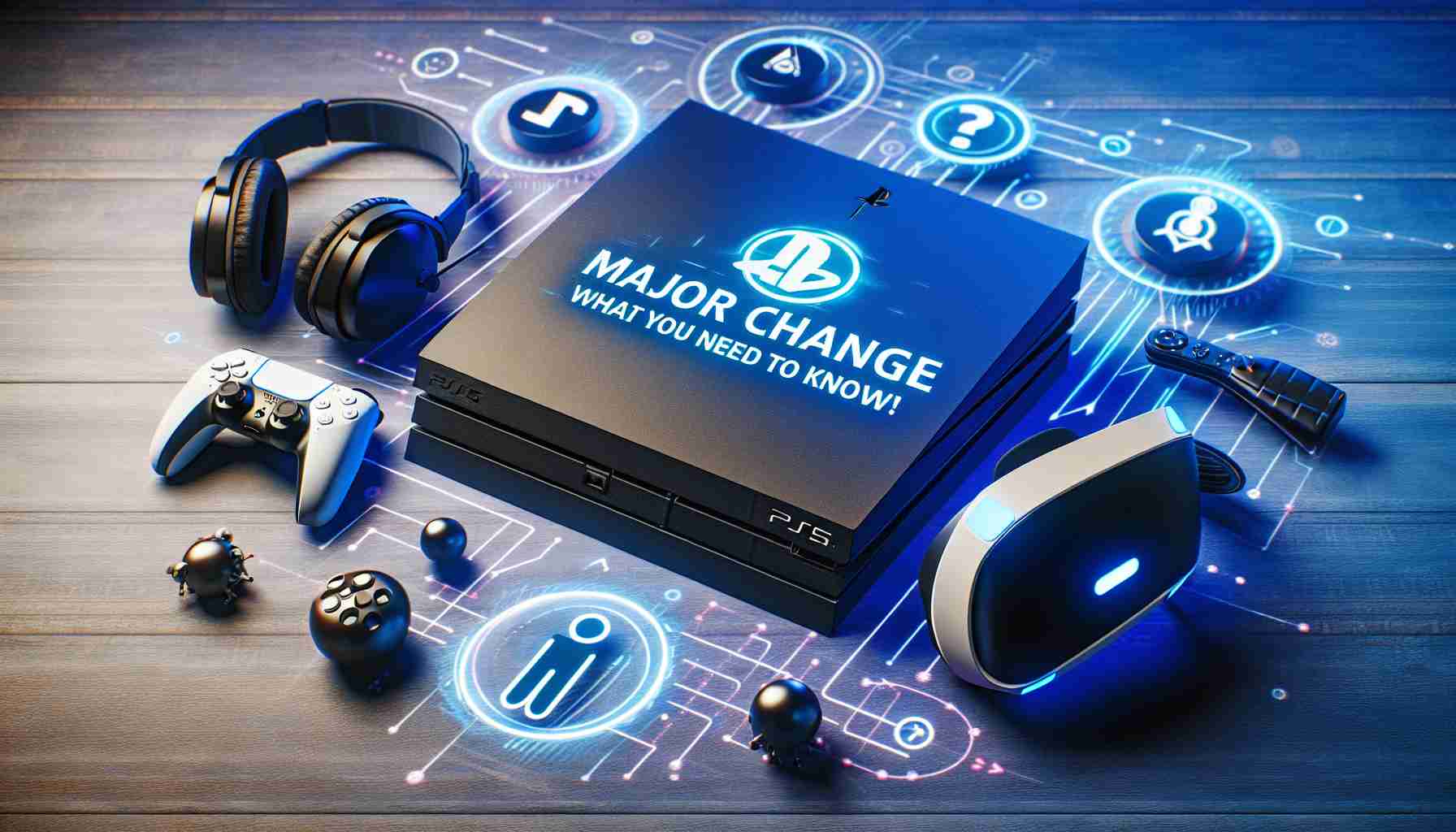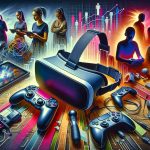Virtual reality (VR) and augmented reality (AR) have roots dating back to the 1960s but have evolved significantly, opening up a world of possibilities for businesses and consumers alike.
FAQ
# What is Virtual Reality (VR)?
VR involves simulated experiences that can be similar to or completely different from the real world. It typically utilizes a headset to immerse users in a digital environment.
# What is Augmented Reality (AR)?
AR overlays computer-generated images onto the real-world view, creating a composite experience for users.
Unveiling Fresh Perspectives
In the realm of VR and AR, advancements extend beyond just visual enhancements. Manufacturers are delving into incorporating tactile feedback elements, such as gloves or handheld devices, to enrich user interactions. Adding realistic soundscapes and unique scents to the virtual setting further blurs the line between illusion and reality for the human mind.
Business Innovations
The maturation of VR and AR technologies is paving the way for diverse applications in various industries. Remote employees can now don VR goggles to partake in meetings virtually, heightening the sense of immersion beyond what traditional video calls offer.
Moreover, AR glasses are facilitating remote troubleshooting by guiding inexperienced individuals through on-site tasks under the supervision of seasoned technicians, leading to cost savings through reduced travel needs. These technological strides have the potential to transform business operations and reshape consumer interactions.
Consumer Engagement
Consumers are also reaping the benefits of VR and AR technologies in novel ways. Physical activities can seamlessly transition into virtual realms, enabling shared experiences like group shopping, attending live events, exploring uncharted territories, or accessing support services from the comfort of one’s space.
Furthermore, VR is ushering in improved support systems for individuals grappling with health challenges by immersing them in therapeutic virtual environments designed to aid in their healing journey under the guidance of medical professionals.
Network Challenges
The surging popularity of VR and AR solutions raises concerns about network capabilities. Delivering top-notch VR experiences may necessitate streaming videos at 8K or 12K resolutions, potentially burdening some networks and impacting service quality. Ensuring robust bandwidth and harnessing cutting-edge wireless technologies will be vital for businesses and consumers to savor seamless VR and AR applications without disruptions.
In Poland, the VR and AR market has witnessed remarkable growth, boasting an estimated value of around 23 million Polish zlotys in 2020 with a projected annual growth of 10-15% in the coming years [source: [codete.com](https://codete.com)]. Spanning sectors like gaming, architecture, education, and healthcare, companies are already leveraging these technologies for various purposes.
While challenges like high equipment costs and content creation complexities persist, upgrading network infrastructure to accommodate these technologies remains imperative. Despite these hurdles, the horizon looks promising for VR and AR technologies, with anticipated widespread integration in fields such as entertainment, education, healthcare, and architecture. Staying attuned to advancements in this domain and adapting to evolving tech landscapes will be paramount for both businesses and consumers to embrace the myriad VR and AR services at their disposal.
The source of the article is from the blog foodnext.nl








